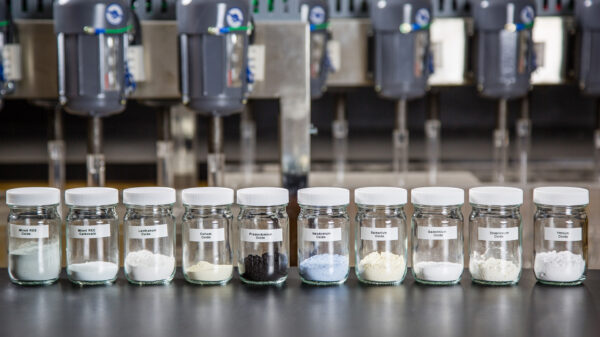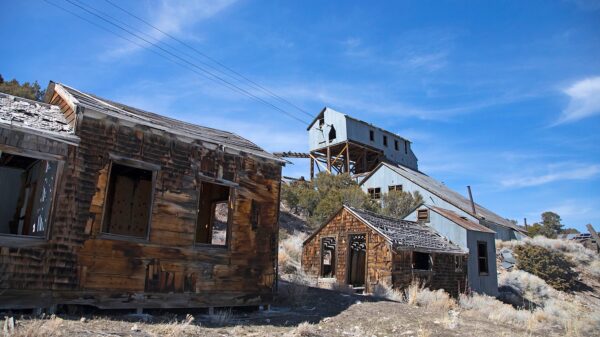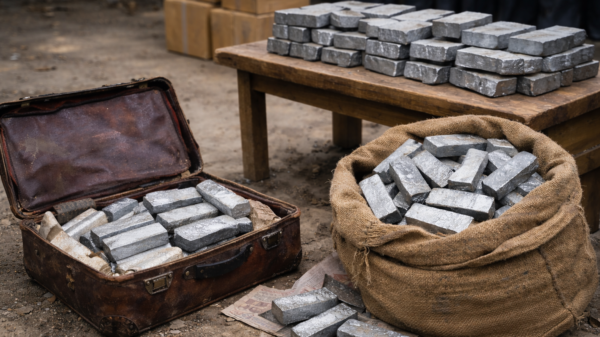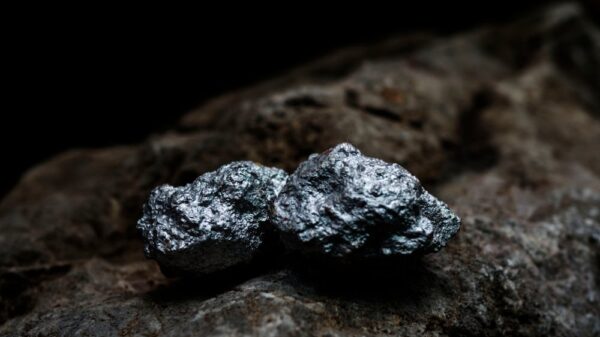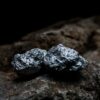Concerns over air pollution have prompted Idaho’s Department of Environmental Quality (DEQ) to pull back an air permit previously granted to Perpetua Resources Corp. (TSX: PPTA) for its Stibnite mine.
Idaho’s Boise State Public Radio reported the development Friday following an appeal made by the Nez Perce Indigenous Tribe and conservation groups in late March.
They oppose Perpetua’s permit because they believe it allows an unacceptable level of contamination from air pollution throughout the mine’s surrounding area. Carcinogens like arsenic are a key concern for the groups. These include the Idaho Conservation League (ICL) and Save the South Fork Salmon.
The permit would have allowed the company to emit a much higher level of emissions than generally permissible during the gold and antimony mine’s 16-year lifespan. It was granted to Perpetua in June 2022 before being withheld nearly two years later.
“It’s kind of like saying, if you were allowed so much arsenic to be exposed to in 70 years, let’s allow Perpetua to emit that much arsenic in just 16 years,” ICL’s Will Tiedemann said in an interview.
Read more: U.S. Gold to present at New York’s Current Trends in Mining Finance Conference
Read more: U.S. Gold secures US$4.9 million to advance Wyoming copper-gold asset
Risk of cancer highly underestimated
The DEQ’s Vice President, J. Randy MacMillan, gave a comprehensive statement about the decision to withhold the permit at a determination meeting held last week.
“By applying what I would call a short-sighted, project-specific adjustment factor to the Stibnite gold project, DEQ created a misleading risk analysis that greatly underestimates the actual cancer risk,” MacMillan said.
The air permit is one of a few major permits needed for full-scale operations to commence. Perpetua will receive a full written order on the matter this Thursday and could potentially appeal the DEQ’s decision in an Idaho court.
The company aims to negotiate and find a reasonable compromise with the department. A final record of decision for the Stibnite mine is expected by the end of 2024.
The operation is expected to produce over 4 million ounces of gold in the coming years.
Moreover, a pre-feasibility study from 2014 determined that it was the largest known source of antimony in the United States. In fact, it is expected to cater to about 35 per cent of American demand for the element.
The Idaho mine site has a series of other operations in its surrounding area. These include U.S. Gold Corp.’s (Nasdaq: USAU) Challis project, the Beartrack-Arnett gold operation run by Revival Gold (TSX-V: RVG) and the DeLamar gold-silver mine operated by Integra Resources Corp. (TSX-V: ITR).
U.S. Gold is a sponsor of Mugglehead news coverage
rowan@mugglehead.com







